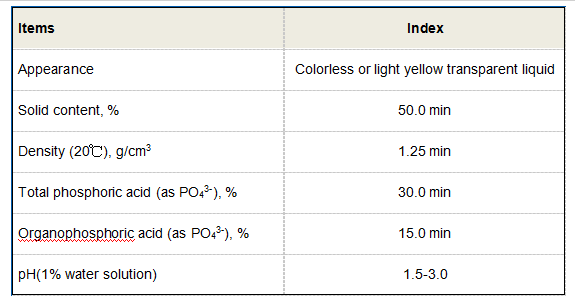Exploring the Role of Isothiazolinone in Household Cleaning Products and Their Safety Concerns
Isothiazolinones in Detergents Understanding Their Role and Safety Concerns
Isothiazolinones, a group of synthetic biocides, have become increasingly prevalent in various household and industrial products, particularly detergents. These compounds, known for their antifungal and antibacterial properties, play a crucial role in preserving the efficacy and lifespan of cleaning products. However, their widespread use has raised significant safety concerns, triggering discussions about their potential effects on human health and the environment.
What Are Isothiazolinones?
Isothiazolinones consist of a family of compounds, including methylisothiazolinone (MIT) and benzisothiazolinone (BIT). These agents are highly effective against a broad spectrum of microorganisms, making them valuable in products ranging from household cleaners and personal care items to industrial applications. The effectiveness of isothiazolinones can be attributed to their ability to disrupt the cellular functions of bacteria and fungi, thus preventing the growth of harmful pathogens.
In the detergent industry, isothiazolinones are commonly utilized as preservatives to combat microbial contamination. They help maintain the integrity of the product and ensure that it remains safe and effective during its shelf life. Detergents that incorporate isothiazolinones can offer better performance, especially in moist environments where bacteria tend to flourish.
Safety Concerns and Regulations
Despite their benefits, the increasing use of isothiazolinones has raised alarms among researchers and consumers alike. The main issue revolves around the potential health risks associated with exposure to these compounds. Studies have indicated that isothiazolinones can cause allergic reactions, including skin sensitization and dermatitis. For individuals with existing sensitivities or allergies, the presence of isothiazolinones in everyday products can lead to uncomfortable and painful reactions.
isothiazolinone in detergent

As a result of mounting evidence regarding their risks, regulatory bodies in various countries have imposed restrictions on the concentration levels of isothiazolinones allowed in consumer products. For instance, in the European Union, the use of MIT in leave-on cosmetics has been banned. These regulations highlight a growing recognition of the need to balance the benefits of these biocides with potential health concerns.
The Environmental Impact
Beyond human health, the environmental implications of isothiazolinones cannot be ignored. The introduction of these chemicals into water systems raises questions about their ecological effects. Isothiazolinones can be toxic to aquatic life; this has become a significant concern as wastewater from household cleaning products finds its way into rivers and streams. The bioaccumulation of these substances can result in adverse effects on fish and other organisms, disrupting local ecosystems.
To mitigate these risks, manufacturers are encouraged to explore alternative preservative options that pose lower health and environmental hazards. Natural preservatives, such as essential oils and plant extracts, are gaining popularity as safer substitutes. While research into effective alternatives is ongoing, the shift toward more sustainable practices is critical in addressing the concerns associated with isothiazolinones.
Consumer Awareness and Choices
As more consumers become aware of the potential risks linked to isothiazolinones, there is an increasing demand for transparency in labeling. Many consumers are now seeking out products that are free from synthetic preservatives, favoring brands that prioritize safety and environmental responsibility. This shift in consumer preferences is prompting manufacturers to reconsider their formulations and make necessary adjustments to their products.
In summary, isothiazolinones have played a significant role in the detergent industry by effectively preventing microbial growth. However, their potential health risks and environmental impact cannot be overlooked. With ongoing research and rising regulations, the future of isothiazolinones in cleaning products remains uncertain. As consumers become more informed about the chemicals present in their household items, manufacturers must prioritize safety and sustainability to address these growing concerns. By choosing products wisely and supporting companies that invest in safer alternatives, consumers can contribute to a healthier environment for all.
-
Understanding Polycarboxylic Acids: Properties, Applications, and Future PotentialNewsJul.28,2025
-
Scale Inhibitor Explained: How to Protect Your System from Limescale and Hard Water DamageNewsJul.28,2025
-
Scale and Corrosion Inhibitors: Essential Chemicals for Industrial Water System ProtectionNewsJul.28,2025
-
Polyaspartic Acid: A Biodegradable Polymer for Sustainable ChemistryNewsJul.28,2025
-
Isothiazolinones: A Versatile Antimicrobial Class with Industrial Power and Regulatory ChallengesNewsJul.28,2025
-
A Deep Dive into 2-Phosphonobutane-1,2,4-Tricarboxylic Acid (PBTC)NewsJul.28,2025





